There is one famous photo from Henri Cartier-Bresson that has puzzled me. At the site:
http://www.natures-pencil.co.uk/heroes/cbresson.htm
it is written, quote:
"This picture, Behind the Gare St. Lazare, with its many echoes and combinations of a few simple visual themes is his best known example." (of the phrase The Decisive Moment)
Yes, the reflections were an apt capture. Very good. But are those "a few simple visual themes" really in harmony in the picture?
Perhaps my bigger question is: what makes this photo truly great? Seems like I fail to see some wonder hidden in the picture. What's your impression?
http://www.natures-pencil.co.uk/images/cbgsl.jpg

http://www.natures-pencil.co.uk/heroes/cbresson.htm
it is written, quote:
"This picture, Behind the Gare St. Lazare, with its many echoes and combinations of a few simple visual themes is his best known example." (of the phrase The Decisive Moment)
Yes, the reflections were an apt capture. Very good. But are those "a few simple visual themes" really in harmony in the picture?
Perhaps my bigger question is: what makes this photo truly great? Seems like I fail to see some wonder hidden in the picture. What's your impression?
http://www.natures-pencil.co.uk/images/cbgsl.jpg




![[No title]](/data/xfmg/thumbnail/37/37624-7f9c9a5c8c7bcb5e62f67313e2e48dbc.jpg?1619738153)

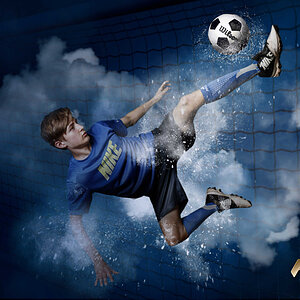
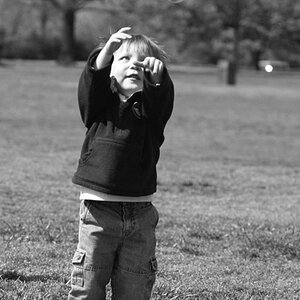
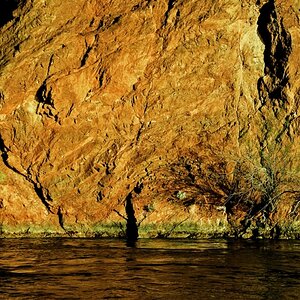
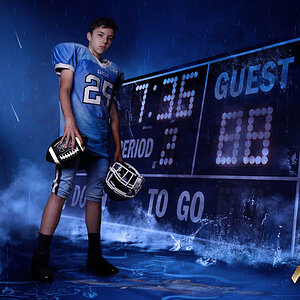
![[No title]](/data/xfmg/thumbnail/39/39292-4169a355b794ae9735845c4ad45d06ff.jpg?1619738958)
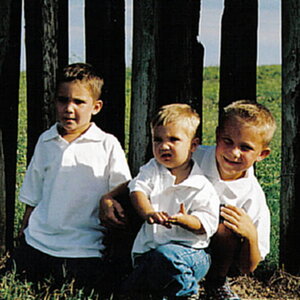
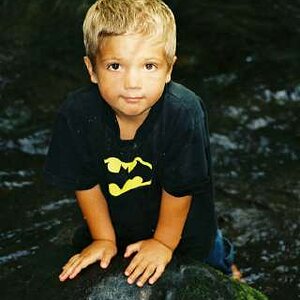
![[No title]](/data/xfmg/thumbnail/37/37625-7e132688457d56e50320a8c99a79fe38.jpg?1619738154)
![[No title]](/data/xfmg/thumbnail/42/42350-49b17d39599ec1d51c6d801ea651d3af.jpg?1619740148)